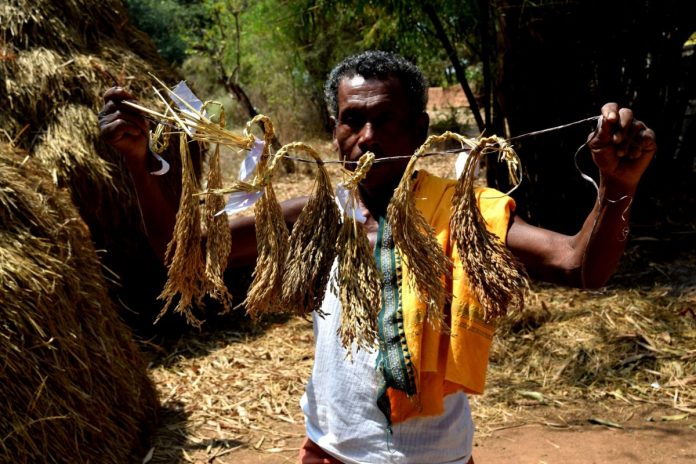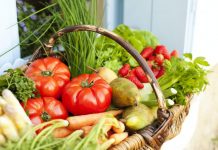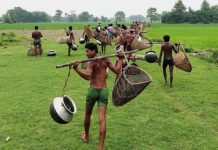
While on the one hand there is a serious malnutrition and under-nutrition problem in India, at the same time wasteful food processing technologies and practices are actually removing nutrients on a truly large-scale from the most staple foods. Even though there is so much hunger and malnutrition, massive wastage of rice, the most important cereal, is allowed in its processing ( obtaining rice from paddy in most of the modern rice mills).
What is more, the part of grain which is wasted is the one which is the most nutritious. According to an expert L. Ramchandran, who has made detailed estimates of the loss suffered in the process of refining cereals in his book, ‘Food Planning,’ “The quantitative loss in the case of cereals alone may amount to not less than eight million tons. The qualitative loss is even more staggering because the portions of the grain that are removed in refinement are many times richer in quality, proteins, fats, minerals such as iron and phosphorous, and vitamins such as thiamine, nicotinic acid, riboflavin, and, in some cases, also vitamin A, in the form of carotene, than the portions that are retained and consumed by us. These are precisely the nutrients in which the average Indian diet is woefully deficient.” This estimate was made several years ago. This may be much higher today.
Another major source of loss of nutrients is the hydrogenation of oils.Hydrogenation changes most of the unsaturated fats into saturated fats. Saturated fats consumed in excess can be very harmful. Unsaturated fats, specially some of the poly unsaturated fats, are important in nutrition and play a protective role against the risk of cardiovascular disease and other ailments. In the words of Ramchandran,“in hydrogenation, what is good and necessary is changed into what is not necessary and may be harmful.”
In the case of most large-scale modern oil-milling, the oilseed is obtained from farmers in various villages but the oilcake which is left behind after extracting oil is not returned to these villages. Hence a most important feed for dairy and farm animals which is particularly useful for improving milk yield is lost to villages. Instead of being used in our villages this oilcake may even be exported as industrialists are likely to get a higher price there. Hence there is a serious nutrition loss for dairy animals directly and indirectly for people who are denied extra milk.
Earlier when a lot of milk was processed at village level into ghee and butter even the poorest people could obtain the residue product ( known by different names in different regions but quite often called chaach ) free of cost .This drink did not have fats but still had protein and traditionally was a good source of nutrition for the poor. However when there was shift to city-based and large-scale processing, the tendency towards local village processing declined rapidly and market forces also became against this as the industrial processors were able to out-price local processors by adding imported cheap milk products and were able to out-market village processors using their brand names and packaging.The decline of highly nutritious jaggery and sugarcane juice for villagers has declined with the increasing shift of the sugarcane crop to big sugar mills.
However if there are suitable government policies there is no reason why we cannot have local village processing in the form of small rice mills which save the more nutritious parts of paddy, small oil-milling units(kolhus) and small milk and sugarcane-processing units at village level, thereby adding much to local nutrition as well as livelihoods. These small-scale or cottage-scale village-level food processing units can be given a certain share, a significant share of the processing of these basic foods and a program to raise the share of these unit to this level can be worked out for a period of about five years or so.
Bharat Dogra is a freelance journalist who has been involved with several social movements.













